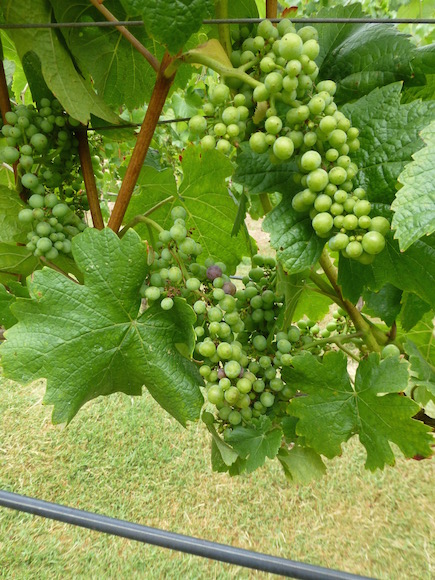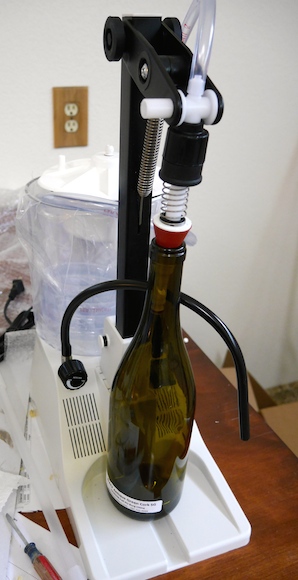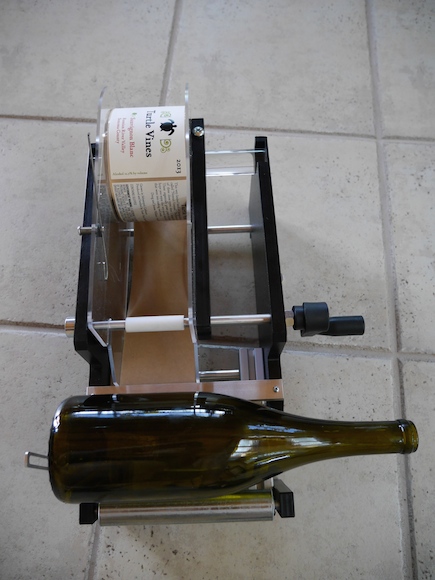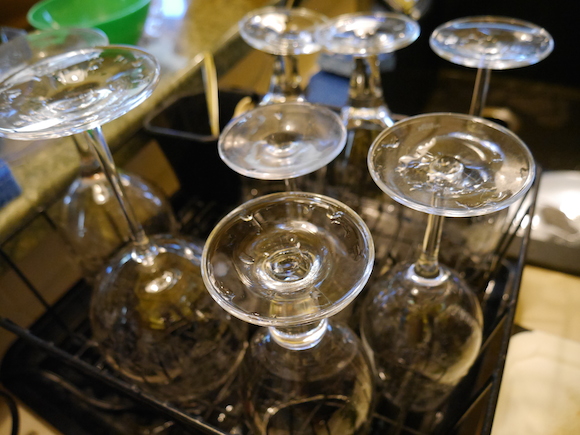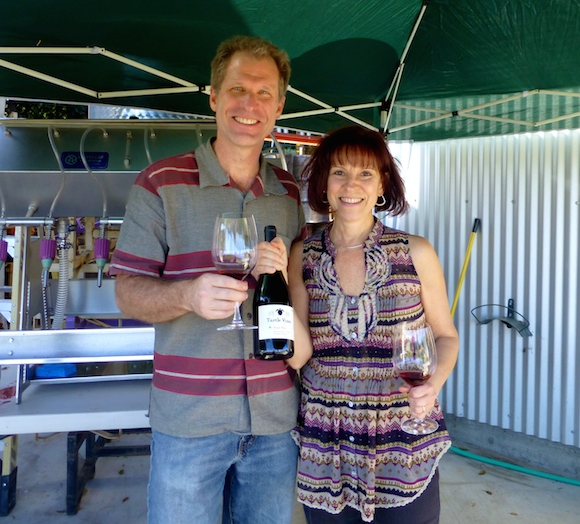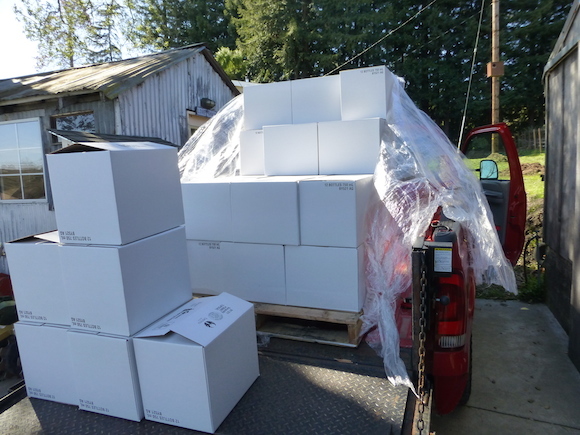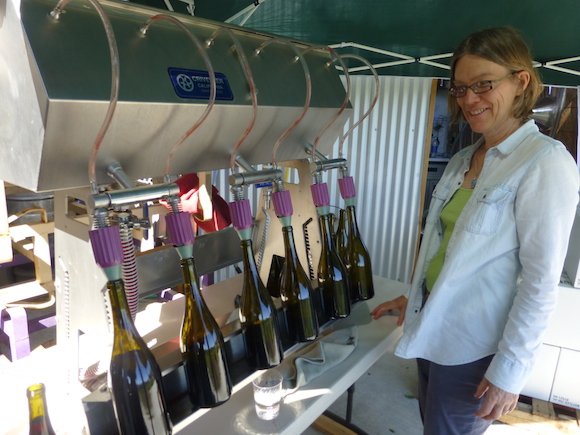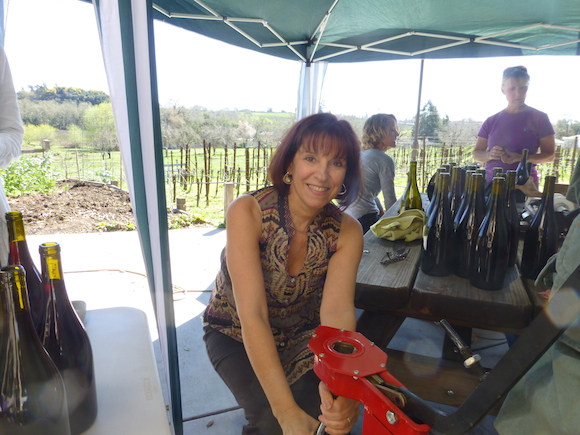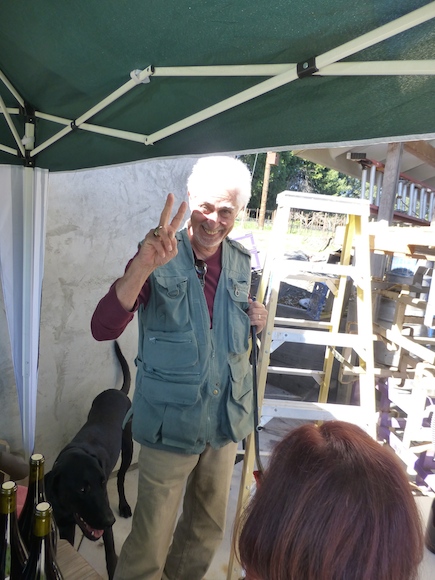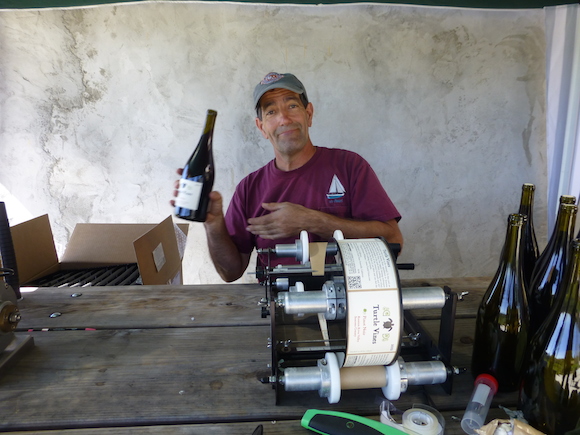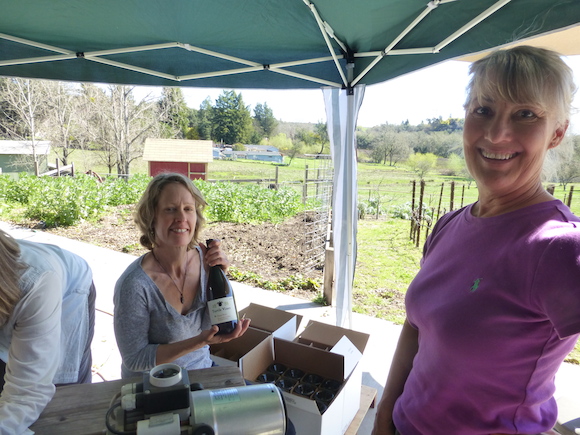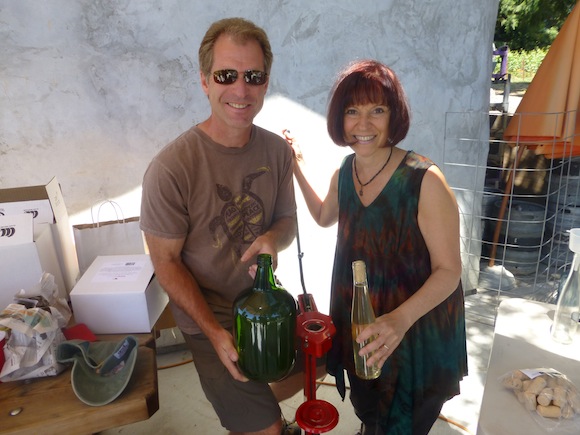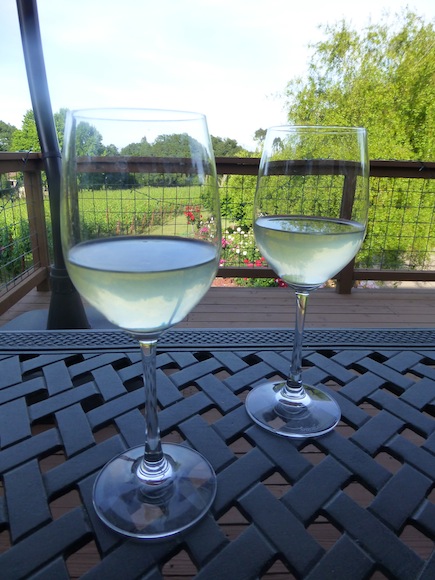
Vinquiry, a wine analysis lab, is holding a 5 part class, Craft Winemaking , over the next 5 months. I have signed up to add to my practical experience with technical, scientific supported data. It is designed for those in the industry who would like to know more about the entire process and winemakers to go from making good wine to great wine. I’m hoping to continue to add to my knowledge so each vintage my wine is better! At the end of the classes I’ll summarize the actions and implement them with my 2014 vintage.
Introduction to Winemaking – Overview of the process, concept of style, sanitation, equipment and winery choices, overview of analysis, SO2 management, sensory evaluation.
Maturation and ageing – Goals of aging, how to work with small lots, container choices, racking, protection wine during aging and movements, fining and treatments, potential problems and their prevention and treatment.
Finishing and Bottling – Stabilization, additions, clarification, filtration, blending, quality control, bottling and bottling equipment, packaging.
Grapes and Grape Processing – Sourcing grapes, vineyard sampling, picking decision, crushing (or not), crushing and pressing equipment, fermenters, temperature control, must and juice treatments/additions.
Fermentation – Yeast (or not), nutrition, fermentation management and monitoring, cap management, malolactic fermentation, problem fermentations, problem recognition and treatment.
